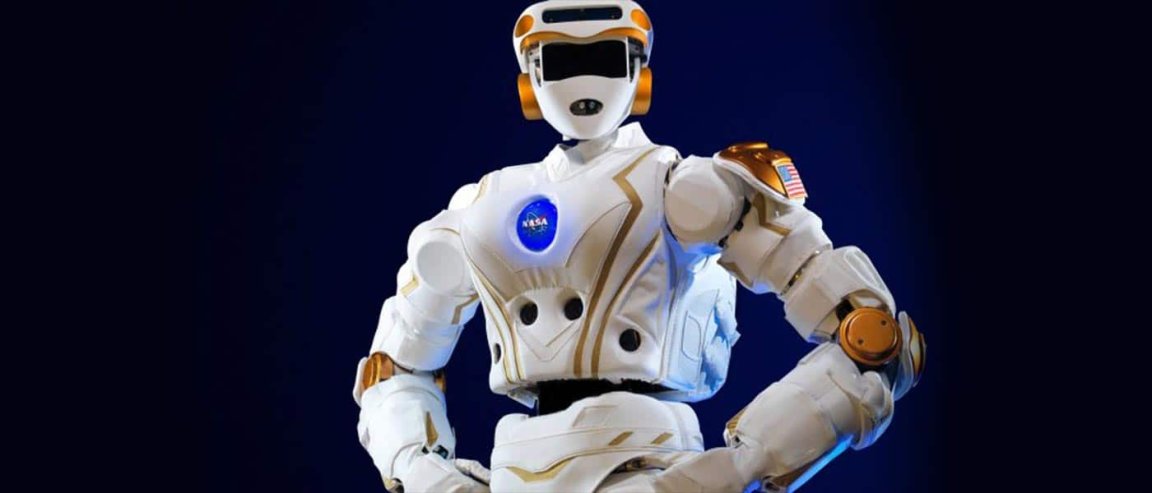
One Small Step For A (Sort of) Man
By the time a human is finally ready to set foot on Mars, he or she could have a team of autonomous humanoid robots walking beside them.
Last November, NASA donated a humanoid robot, Robonaut 5 (R5), to MIT’s Computer Science and Artificial Intelligence Laboratory (CSAIL). They wanted to give students the opportunity to test the robot and develop algorithms for it that they could then use as part of NASA’s upcoming Space Robotics Challenge. The challenge aims to create “dexterous autonomous robots” that could assist, or even potentially replace, human astronauts on “extreme space” missions.
“Precise and dexterous robotics, able to work with a communications delay, could be used in spaceflight and ground missions to Mars and elsewhere for hazardous and complicated tasks, which will be crucial to support our astronauts,” said Monsi Roman, program manager of NASA’s Centennial Challenges, in a press release. “NASA and our partners are confident the public will rise to this challenge and are excited to see what innovative technologies will be produced.”

Robots. In. Space.
Artificially intelligent robots capable of assisting human astronauts could become invaluable as we continue to push the boundaries of space exploration. Unlike current robots that must be controlled by human operators, autonomous humanoid robots would be able to work independently. They could be sent on missions prior to human astronauts deploying, remain behind to look after equipment, and generally free up crew members to do more complex and less dangerous work.
While expanding humankind’s knowledge of space is a reward in and of itself, the million dollar prize for the team that wins NASA’s Space Robotics Challenge is great additional motivation for MIT’s team to make sure its bot comes out on top.